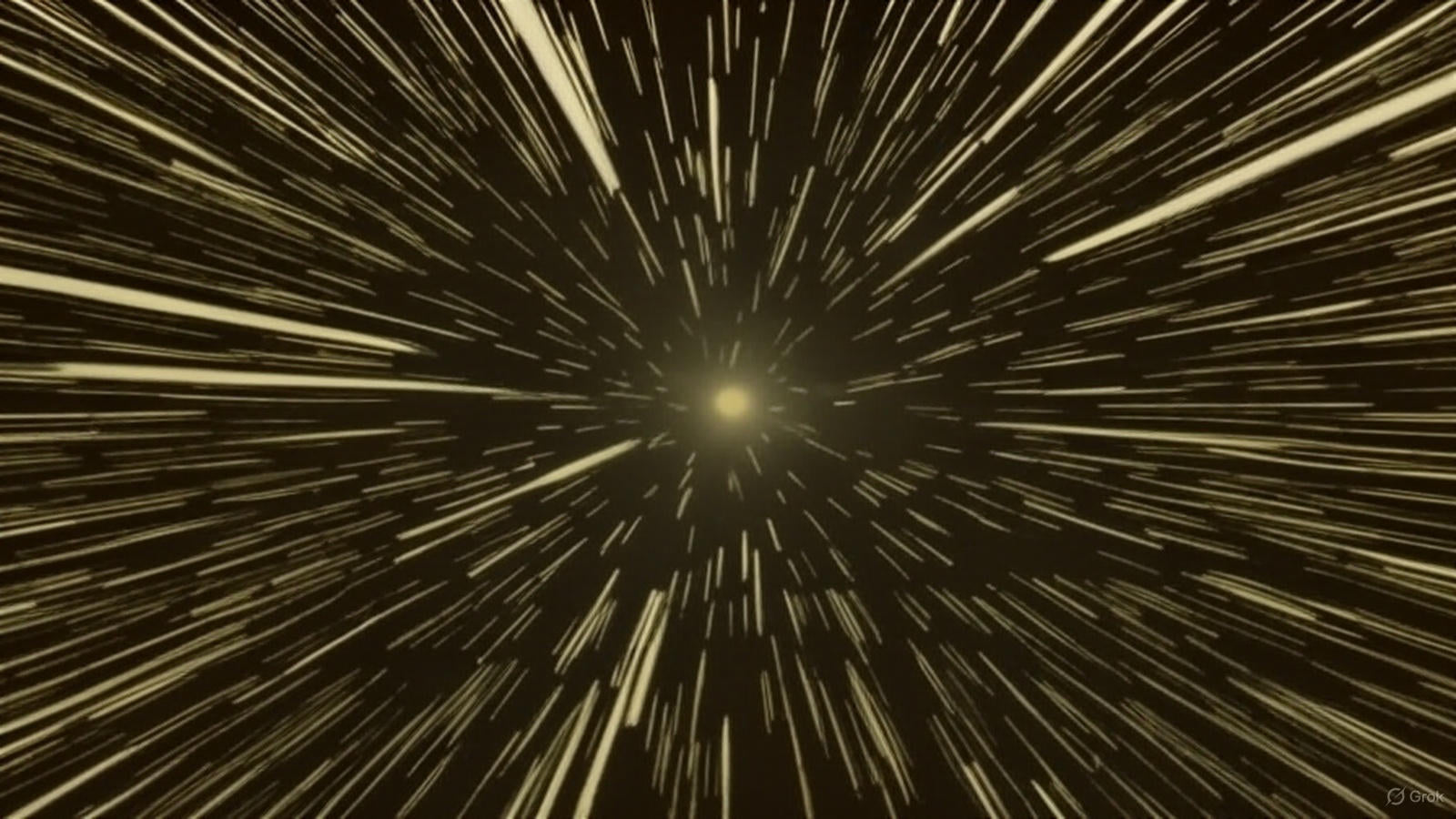Warp Drive: From Sci-Fi to Theoretical Possibility
Introduction
For decades, warp drive—the concept of faster-than-light travel by warping spacetime—captivated audiences through classics like Star Trek. While long considered pure imagination, recent theoretical research suggests warp drives may not violate physics. Practical implementation remains a distant dream due to enormous energy demands, but studies are steadily bridging the gap between science fiction and science fact.
Alexey Bobrick and Gianni Martire's study has been cited over 60 times by other warp drive researchers:https://t.co/l5XnWy1Zdu
— Dexerto (@Dexerto) October 11, 2025
1. The Origins: Alcubierre’s Revolutionary Model
In 1994, Mexican physicist Miguel Alcubierre proposed a mathematical model allowing faster-than-light travel without breaking relativity. His concept of a “warp bubble” contracts spacetime in front of a spacecraft and expands it behind, enabling the ship to move effectively faster than light.
- Spacetime itself moves; the ship remains locally subluminal.
- Requires negative energy, a hypothetical form of matter not observed in the universe.
- Energy demand for a small bubble a few meters wide equals the mass-energy of the Sun, making it impractical today.
2. A Realistic Reassessment: Bobrick & Martire 2021
Astrophysicist Alexey Bobrick and engineer Gianni Martire revisited warp drive physics in 2021. Their model:
- Uses positive energy instead of negative energy.
- Features a flat interior for passengers surrounded by a curved gravitational shell.
- Achieves constant-velocity travel, not exceeding light speed.
Although more grounded in known physics, the energy requirements remain astronomical, equivalent to several Jupiters’ mass. Nonetheless, the study provides a solid foundation for future warp drive research.
3. The Physics Behind the Warp Bubble
Warp drives rely on general relativity, where spacetime is flexible and shaped by mass and energy.
Mechanics:
- A warp bubble distorts spacetime, creating a region of no acceleration inside.
- Preserves causality, avoiding time paradoxes.
- Challenges include:
- Energy demand: Currently unachievable with known sources.
- Acceleration/deceleration limits: Models focus on constant speeds.
- Detectability: Collapsing bubbles might produce gravitational waves detectable from afar.
Experts like Sabine Hossenfelder note warp drive is “the easiest” FTL concept to align with physics, though practical barriers remain extreme.
4. Challenges and Future Prospects
Warp drive research faces critical hurdles:
- Energy generation: Current technology is insufficient.
- Exotic matter: Negative energy is purely theoretical.
- Practical application: Subluminal versions may offer limited advantages over conventional propulsion.
Opportunities:
- NASA and other organizations continue to explore variations of Alcubierre’s model.
- Innovative energy solutions could reduce power requirements.
- Advances inspire new generations of physicists and engineers to push the boundaries of space travel.
🔥🚨BREAKING NEWS: Scientists just announced a physical 'Warp Drive' mimicking sci-fi movies is now possible. pic.twitter.com/4GxWYRIpJ2
— Dom Lucre | Breaker of Narratives (@dom_lucre) October 11, 2025
5. FAQs About Warp Drive
- Q1: Is warp drive physically possible?
- A: Theoretically, yes. Models like Alcubierre’s and Bobrick-Martire’s show warp drive could exist under extreme energy conditions.
- Q2: Can humans use warp drives soon?
- A: No. Energy and technology constraints make practical use centuries away, if achievable.
- Q3: What is negative energy?
- A: Hypothetical energy with a density below zero, required in some warp drive models. No evidence exists that it can be harnessed.
- Q4: How does warp drive affect time?
- A: Inside the bubble, passengers feel no acceleration; the bubble itself moves through spacetime. Time dilation effects remain local.
- Q5: Could warp drives detect aliens?
- A: Collapsing warp bubbles may produce gravitational waves, potentially revealing advanced civilizations if they exist.
Conclusion: A Mind-Bending Look Ahead
Warp drive sits at the boundary of imagination and physics. While practical implementation remains a distant dream, theoretical studies like Alcubierre’s and Bobrick & Martire’s provide a rigorous scientific framework for faster-than-light travel. The concept challenges our understanding of energy, spacetime, and the very nature of interstellar exploration.
From an intellectual standpoint, warp drive isn’t merely a flight of fancy—it represents humanity’s ongoing quest to question the impossible. Every step toward understanding spacetime distortion inspires a deeper inquiry into the universe itself. The dream of moving among the stars continues to spark curiosity, debate, and innovation, reminding us that science fiction often paves the way for real-world breakthroughs.


0 comments